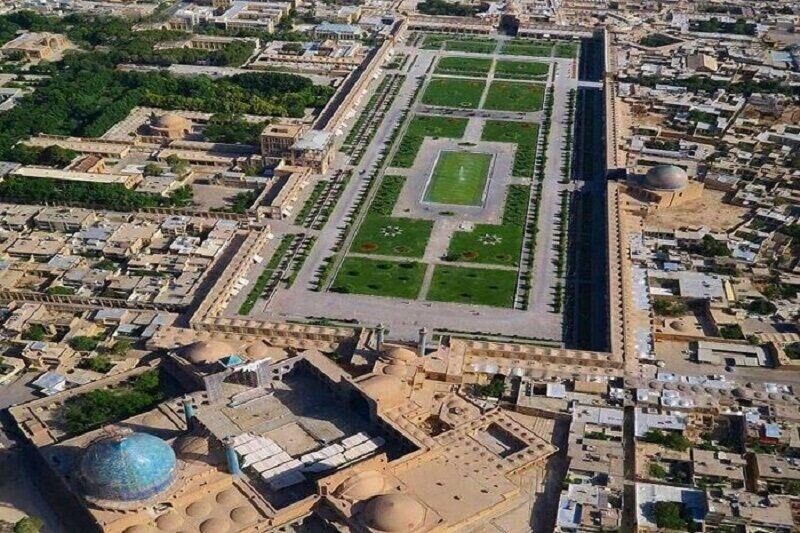Isfahan’s historical fabric boundaries set for revision

TEHRAN - Legal boundaries for Isfahan’s historical fabrics will undergo updates to enhance their preservation, the provincial tourism chief said on Wednesday.
Amir Karamzadeh stated that this revision aims to address growing challenges resulting from population growth and the evolving urban landscape.
“Our primary concern is to implement expert measures to optimize the protection of the historical areas,” he said.
Karamzadeh emphasized that some decision-makers have not adequately distinguished between old and historical zones, leading to potential risks for heritage sites.
He underscored the importance of taking a scientific approach to reviewing the historical zones, considering the city’s urban development in recent decades.
“Many areas of Isfahan’s historical fabric, particularly around the Zayanderud river and its five iconic bridges, have experienced dissonance in construction styles due to modern developments,” Karamzadeh noted.
He assured the public that the boundary revision project would be conducted at a national level by senior experts, with funding provided by the provincial Department of Cultural Heritage.
“We want heritage enthusiasts to know that this project will be comprehensive, ensuring that Isfahan’s historical essence is preserved for future generations.”
Isfahan was once been a crossroads of international trade and diplomacy in Iran and now it is one of Iran’s top tourist destinations for good reasons as it is filled with many architectural wonders, such as unmatched Islamic buildings, bazaars, museums, Persian gardens, and tree-lined boulevards. It’s a city for walking, getting lost in its mazing bazaars, dozing in beautiful gardens, and meeting people.
Isfahan, the provincial capital, is renowned not only for the abundance of great historical bridges but also for its ‘life-giving river’, the Zayandeh-Rood, which has long bestowed the city an original beauty and fertility. Isfahan has long been nicknamed Nesf-e-Jahan, which is translated into “half the world”; meaning seeing it is relevant to see half the world. In its heyday, it was also one of the largest cities in the region with a population of nearly one million.
The cool blue tiles of Isfahan’s Islamic buildings, and the city’s majestic bridges, contrast perfectly with the encircling hot, dry Iranian countryside. The huge Imam Square, best known as Naghsh-e Jahan Sq. (literary meaning “Image of the World”), is one of the largest in the world (500m by 160m), and a majestic example of town planning. Constructed in the early 17th century, the UNESCO-registered square is punctuated with the most interesting sights in Isfahan.
Apart from its cultural heritage gems, Isfahan is home to some heavy industry, including steel factories and a nuclear facility on its outskirts. A top destination when it comes to medical tourism, the ancient city is also home to a gigantic, professional, and state-of-the-art healthcare city, which is a major destination in the realm of medical tourism.
AM
